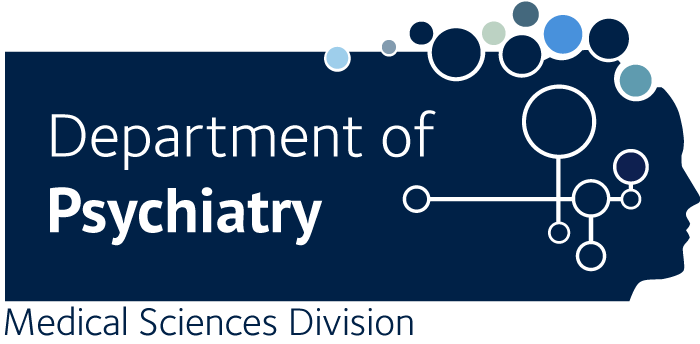The electroencephalography protocol for the Accelerating Medicines Partnership® Schizophrenia Program: Reliability and stability of measures.
Mathalon DH., Nicholas S., Roach BJ., Billah T., Lavoie S., Whitford T., Hamilton HK., Addamo L., Anohkin A., Bekinschtein T., Belger A., Buccilli K., Cahill J., Carrión RE., Damiani S., Dzafic I., Ebdrup BH., Izyurov I., Jarcho J., Jenni R., Jo A., Kerins S., Lee C., Martin EA., Mayol-Troncoso R., Niznikiewicz MA., Parvaz M., Pogarell O., Prieto-Montalvo J., Rabin R., Roalf DR., Rogers J., Salisbury DF., Shaik R., Shankman S., Stevens MC., Suen YN., Swann NC., Tang X., Thompson JL., Tso I., Wenzel J., Zhou JH., Addington J., Alameda L., Arango C., Breitborde NJK., Broome MR., Cadenhead KS., Calkins ME., Castillo-Passi RI., Chen EYH., Choi J., Conus P., Corcoran CM., Cornblatt BA., Diaz-Caneja CM., Ellman LM., Fusar-Poli P., Gaspar PA., Gerber C., Glenthøj LB., Horton LE., Hui CLM., Kambeitz J., Kambeitz-Ilankovic L., Keshavan MS., Kim M., Kim S-W., Koutsouleris N., Kwon JS., Langbein K., Mamah D., Mittal VA., Nordentoft M., Pearlson GD., Perez J., Perkins DO., Powers AR., Sabb FW., Schiffman J., Shah JL., Silverstein SM., Smesny S., Stone WS., Strauss GP., Upthegrove R., Verma SK., Wang J., Wolf DH., Zhang T., Bouix S., Pasternak O., Cho K-IK., Coleman MJ., Dwyer D., Nunez A., Tamayo Z., Wood SJ., Kahn RS., Kane JM., McGorry PD., Bearden CE., Nelson B., Woods SW., Shenton ME., Accelerating Medicines Partnership® Schizophrenia Program None., Light GA.
Individuals at clinical high risk for psychosis (CHR) have variable clinical outcomes and low conversion rates, limiting development of novel and personalized treatments. Moreover, given risks of antipsychotic drugs, safer effective medications for CHR individuals are needed. The Accelerating Medicines Partnership® Schizophrenia (AMP® SCZ) Program was launched to address this need. Based on past CHR and schizophrenia studies, AMP SCZ assessed electroencephalography (EEG)-based event-related potential (ERP), event-related oscillation (ERO), and resting EEG power spectral density (PSD) measures, including mismatch negativity (MMN), auditory and visual P300 to target (P3b) and novel (P3a) stimuli, 40-Hz auditory steady state response, and resting EEG PSD for traditional frequency bands (eyes open/closed). Here, in an interim analysis of AMP SCZ EEG measures, we assess test-retest reliability and stability over sessions (baseline, month-2 follow-up) in CHR (n = 654) and community control (CON; n = 87) participants. Reliability was calculated as Generalizability (G)-coefficients, and changes over session were assessed with paired t-tests. G-coefficients were generally good to excellent in both groups (CHR: mean = 0.72, range = 0.49-0.85; CON: mean = 0.71, range = 0.44-0.89). Measure magnitudes significantly (p

